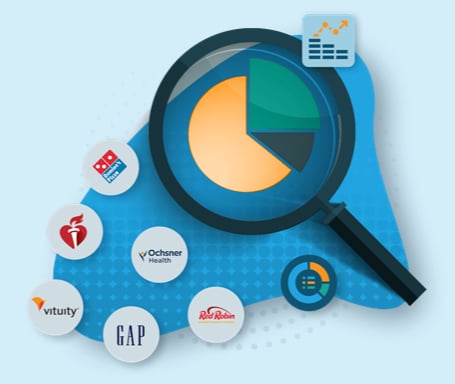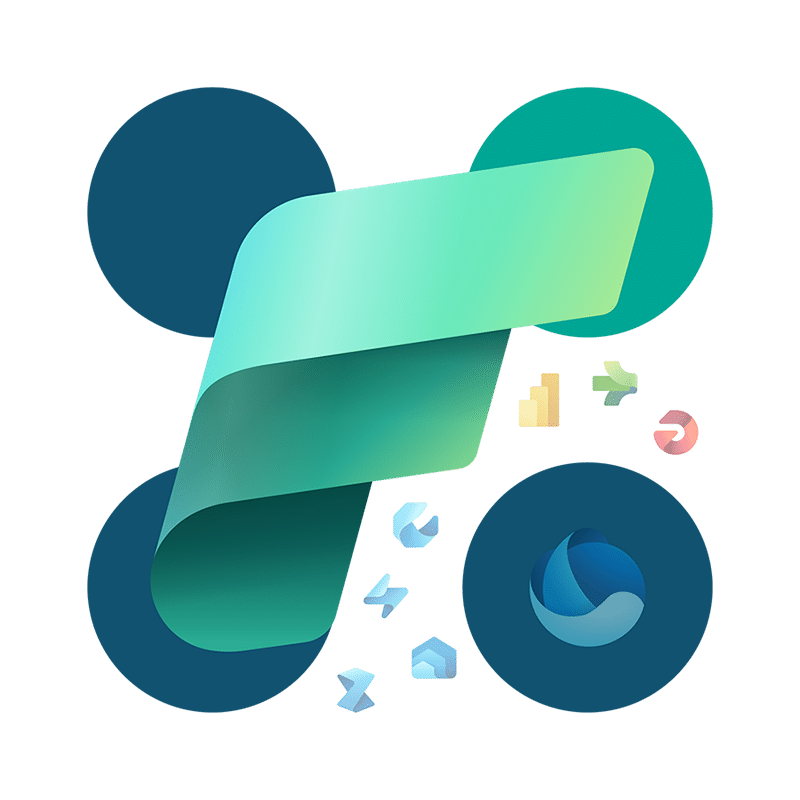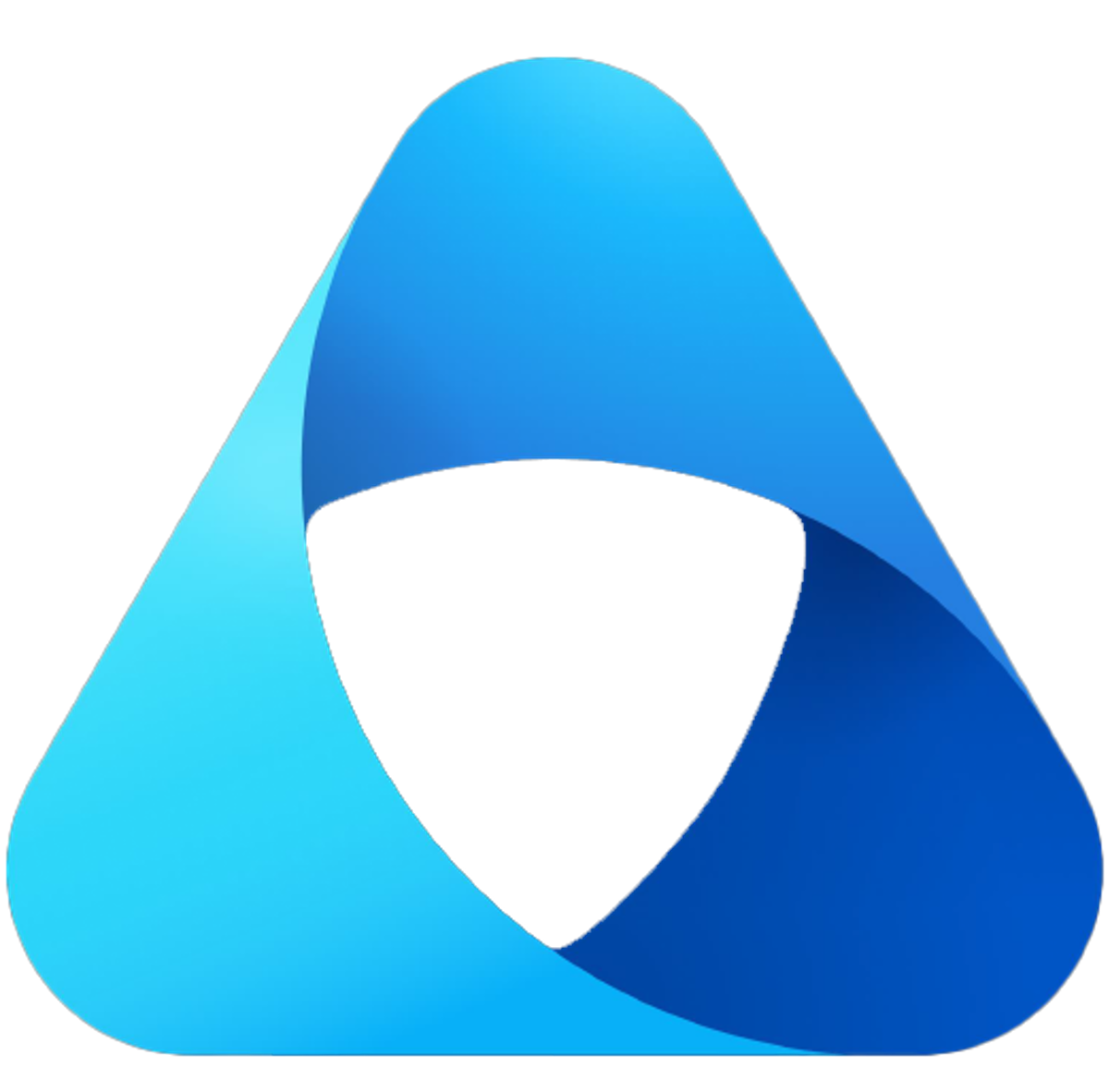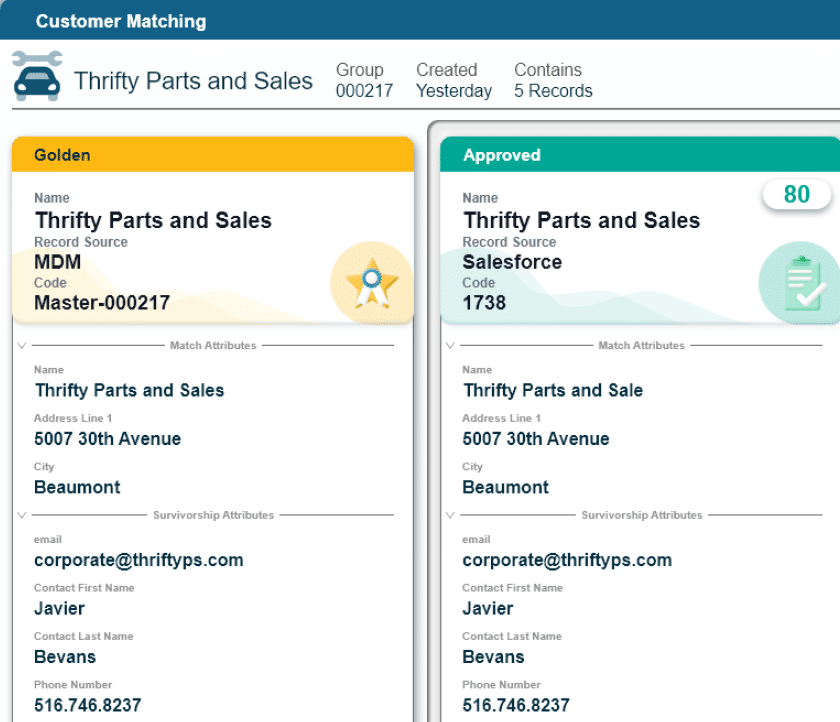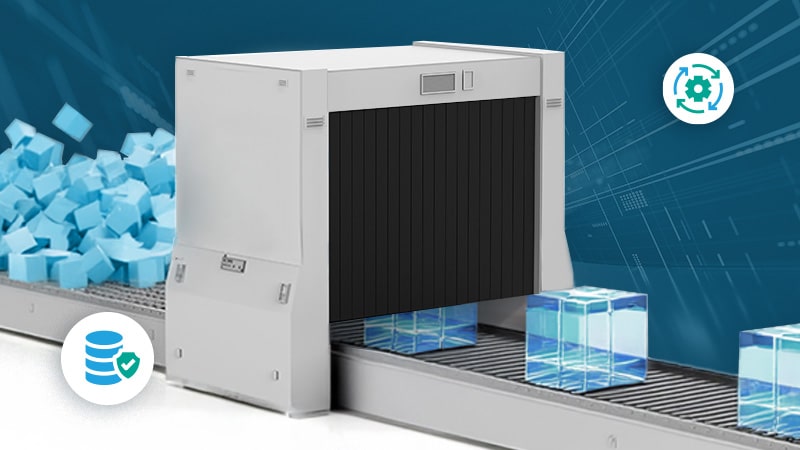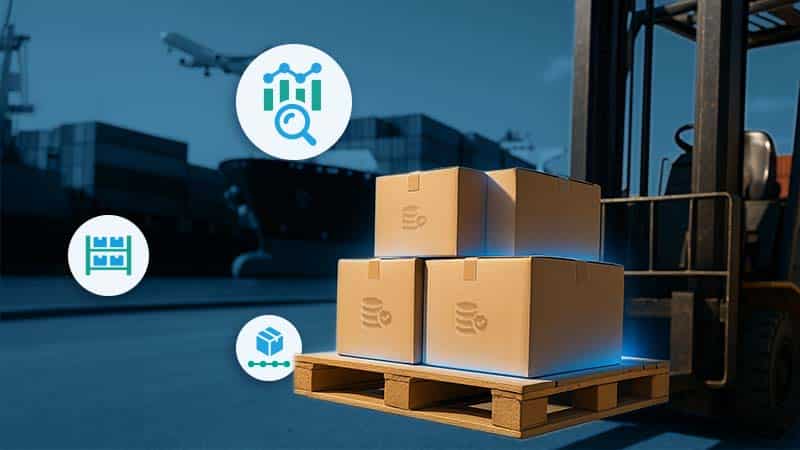Table of Contents
Key Takeaways
The best data transformation tools include Profisee, Fivetran, AWS Glue, FME and Nexla.
The right database transformation tool depends on what you’re trying to achieve. So start with your use case, whether you need to power analytics, improve data quality or streamline integration across systems.
Not all data transformation tools are created equal. From lightweight extract, transform, load (ETL) solutions to full-scale data management platforms, the options vary widely in scope, flexibility and technical complexity.
Data transformation is about business impact. The ultimate goal is clean, usable data that helps your organization move faster, make smarter decisions and deliver better results.
According to Statista, the world generated an estimated 181 zettabytes of data in 2025, up over 23% from the previous year. For businesses that need to move some of this data around and use it for practical applications (read: almost all of them), data transformation is a foundational step in their data strategies.
But finding the right data transformation tool isn’t always straightforward. Whether you’re prepping data for analytics, integrating multiple systems or enabling AI and automation, the right platform can make a big difference. In this guide, we’ll break down what to look for in data transformation software, the top tools available and how to choose the one that fits your needs.
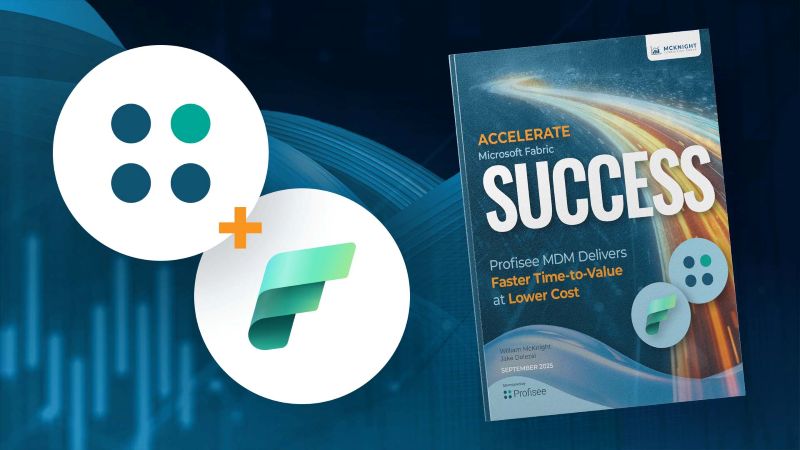
Accelerate Microsoft Fabric Success
What Is Data Transformation?
Data transformation is the process of converting data from one format, structure or value set into another to make it more useful, compatible or insightful. This step is essential in data workflow management — whether you’re consolidating multiple sources, cleaning up inconsistencies or reshaping data to fit into analytics tools, a data lakehouse or machine learning models.
Data transformation can be as simple as reformatting date values or as complex as normalizing, aggregating or enriching datasets from disparate systems.
What to Look for in a Data Transformation Tool
Choosing a data transformation tool is about finding the right fit for your data environment, your team and your business needs. Whether you’re a data engineer managing complex pipelines or an analyst preparing datasets for dashboards, here’s what any solid data transformation tool should offer — and how to decide which features matter most for your use case.
Core Features to Expect in Data Transformation Software
At a minimum, data transformation software should support:
- Schema mapping and data type conversion: The ability to reconcile inconsistent schemas and ensure data types align across systems (e.g., string-to-date or float-to-integer).
- Data cleansing: Basic functionality for removing duplicates, handling nulls, fixing typos and validating formats.
- Joins and unions: The ability to combine datasets across sources, even if they originate from different systems.
- Filtering, aggregation and sorting: Core operations like group-by functions, conditional logic and value-based filters.
- Scheduling and automation: Support for repeatable, scheduled transformations to keep data pipelines fresh without manual intervention.
- Logging and monitoring: Built-in observability features to trace data errors, monitor performance and ensure quality control.
These are table stakes. If a tool can’t do these things reliably, it’s not ready for serious use.
Benefits of Using a Data Transformation Solution
Data transformation tools help teams move faster, work smarter and make better use of their data. By taking care of repetitive prep work and scaling with your business, the right tool can unlock real operational and financial gains.
1. Greater Efficiency Through Automation
Manual data preparation is time-consuming and prone to error. A database transformation tool automates repetitive tasks like deduplication, joins and type conversions, freeing up time for more strategic work. That means faster time-to-insight and fewer downstream issues to troubleshoot.
2. More Reliable, Higher Quality Data
Data transformation tools standardize and clean your data before it reaches analytics or machine learning models. By enforcing consistent formats, correcting data types and addressing missing values, they improve data quality and, with it, the quality of your decisions.
3. Streamlined Data Workflows
Data transformation software helps move data smoothly from raw input to business-ready output. When integrated into cloud-based platforms and lakehouse architectures, they reduce the need for handoffs between teams or tools, helping to eliminate data silos and speed up delivery cycles.
4. Scalability Without the Headcount
As your data grows, so does the complexity of managing it. A strong data transformation tool scales with your needs — handling larger datasets, more frequent updates and multiple sources without requiring a bigger team or more manual oversight.
5. Data-Driven Decision Making at Every Level
Clean, consistent data supports more accurate reporting and analysis. When sales, marketing, finance and operations have access to trustworthy data, they can act faster and with greater confidence.
Top 11 Data Transformation Tools
There are dozens of data transformation tools on the market today. Some specialize in ETL processes and pipeline orchestration, while others offer broader capabilities like data integration, quality management or even full-blown master data management. The table below provides a quick comparison of 11 top-rated tools, followed by a short overview of each.
| Data Transformation Tool | Gartner Peer Insights Rating | G2 Rating | Summary Description |
|---|---|---|---|
| Profisee | 4.5 | 4.3 | MDM platform that can handle complex data transformation tasks alongside governance and stewardship. |
| Fivetran | 4.6 | 4.2 | Cloud-native ELT tool focused on automating data ingestion and transformation at scale. |
| AWS Glue | 4.4 | 4.3 | Serverless data integration service built for big data and lakehouse environments. |
| FME | 4.7 | 4.6 | Visual data transformation tool known for handling spatial and geolocation data. |
| Nexla | 4.9 | 4.6 | Unified platform for automated data integration, transformation and observability. |
| Alteryx Designer | 4.2 | — | User-friendly analytics platform with drag-and-drop data prep and transformation. |
| Matillion ETL | 4.5 | 4.4 | ETL/ELT solution tailored for cloud data warehouses like Snowflake and Redshift. |
| Denodo | 4.6 | 4.2 | Data virtualization platform that transforms data in real time without replication. |
| Rivery | 4.6 | 4.7 | SaaS-based data pipeline tool with built-in transformation and orchestration. |
| Airbyte | 4.6 | 4.5 | Open-source data integration tool that supports customizable transformations. |
| Ab Initio | 4.8 | 4.3 | Enterprise-grade data processing platform known for speed, scalability and reliability. |
1. Profisee
4.3 out of 5 based on 28 reviews |
While Profisee is technically a master data management (MDM) platform, it includes robust capabilities for transforming, standardizing and enriching data. Users can define and enforce business rules, clean data at scale and orchestrate workflows across systems. It’s a strong option for organizations that need both transformation and governance in one place.
2. Fivetran
4.2 out of 5 based on 424 reviews |
Fivetran automates the process of extracting, loading and transforming data with a wide library of prebuilt connectors. It’s designed for ease of use and minimal maintenance, making it popular for cloud-first teams. Transformation capabilities are best used in combination with a modern data warehouse.
3. AWS Glue
4.3 out of 5 based on 194 reviews |
AWS Glue is a fully managed, serverless ETL service that works well within the AWS ecosystem. It supports Spark-based transformations and can handle large-scale, semi-structured data. It’s a good fit for teams already working in an AWS-native lakehouse architecture.
4. FME
4.6 out of 5 based on 19 reviews |
FME by Safe Software is known for its visual, no-code interface and support for hundreds of data formats. It’s especially strong in geospatial and location-based data use cases. Users can automate complex workflows without writing code.
5. Nexla
4.6 out of 5 based on 56 reviews |
Nexla offers a modern, unified platform for data integration, transformation and observability. Its “data product” approach helps teams automate pipeline creation and governance simultaneously. Nexla is particularly well-suited for companies needing real-time or API-based transformation.
6. Alteryx Designer
Not enough reviews |
Alteryx Designer provides a drag-and-drop interface for prepping, blending and transforming data. It’s aimed at data analysts and business users who want to work independently from IT. Alteryx is known for its user-friendly design and rich library of built-in functions.
7. Matillion ETL
4.4 out of 5 based on 81 reviews |
Matillion ETL integrates tightly with cloud data warehouses like Snowflake, BigQuery and Redshift. It provides visual workflows for designing transformations but also supports SQL and Python scripting. Matillion works well for data teams looking for a balance between ease of use and flexibility.
8. Denodo
4.2 out of 5 based on 39 reviews |
Denodo takes a different approach with data virtualization — transforming and combining data on demand without moving or copying it. This allows for faster access and reduced storage costs. It’s a good option for organizations with complex, distributed data environments.
9. Rivery
4.7 out of 5 based on 120 reviews |
Rivery is a cloud-native data pipeline platform with built-in transformation logic and orchestration features. It supports both scheduled and real-time data flows, along with team-based version control. Rivery is known for its speed of deployment and ease of use.
10. Airbyte
4.5 out of 5 based on 50 reviews |
Airbyte is an open-source data transformation platform focused on data ingestion with support for customizable transformations. It allows users to build their own connectors and run transformations in dbt or other engines. Its modularity makes it a strong choice for engineering-driven teams.
11. Ab Initio
4.3 out of 5 based on 23 reviews |
Ab Initio is a powerful data transformation platform designed for high-volume, high-performance data processing. It’s widely used in industries like banking and telecom where scale and reliability are critical. Though it requires more upfront investment, it delivers exceptional throughput and flexibility.
How to Pick the Right Data Transformation Software
The best data transformation tool for your organization depends on your data architecture, team structure and business goals. Rather than starting with a feature checklist, begin by identifying your highest-priority use cases — whether that’s accelerating analytics, consolidating systems, supporting AI initiatives or improving regulatory compliance. Consider your:
Data Architecture: Especially If You’re in a Lakehouse World
As more organizations adopt medallion lakehouse platforms like Microsoft Fabric, Databricks or Snowflake, it’s crucial to evaluate how well a transformation tool integrates into that hybrid environment, where raw, semi-structured and structured data coexist.
If you’re a Microsoft Fabric customer, for example, you’ll want to ensure the tool:
- Natively integrates with OneLake, so you can transform data in-place without excessive copying or movement.
- Supports Delta Lake and Apache Spark-based processing, which are core to Fabric’s lakehouse layer.
- Can work with Direct Lake mode to enable low-latency reporting in Power BI while keeping transformation logic close to the source.
- Offers data lineage and metadata visibility that connects well with Microsoft Purview and Fabric’s governance capabilities.
Some tools are designed primarily for traditional data warehouses or ETL pipelines and may not handle semi-structured data or real-time processing as gracefully. If your data stack is modern, your transformation tooling should be, too.
Data Workflow and Use Case
Here’s how to think about prioritizing features based on who you are and what you need:
- Data leaders and engineers: Look for robust scripting support (e.g., SQL, Python, dbt), containerization options and compatibility with CI/CD pipelines.
- Business analysts or citizen data users: Prioritize low-code/no-code interfaces, visual workflows and strong data catalog integration.
- Large enterprises: Emphasize scalability, role-based access controls, auditability and support for hybrid or multi-cloud environments.
- Startup or SMB teams: Focus on time-to-value, ease of onboarding and pricing flexibility.
Remember, the “best” data transformation tool should fit seamlessly into your workflow, help you move faster and ensure your data is trustworthy and usable where it counts.
Data Team’s Skill Set
Also, consider your team’s skill set when selecting the data integration and transformation tool. Do you need something that enables self-service for analysts? Or a solution your engineers can deeply customize?
Some data transformation platforms are built for speed and simplicity, while others provide advanced control for highly technical users. There’s no universal “best” option — only the one best suited to your data strategy and the people putting it into practice.
Go Beyond Database Transformation with Profisee
While data transformation tools definitely have their place, unlocking the full value of your data requires going beyond just extract, load and transform. Profisee MDM lets you integrate data from a variety of different source systems and works with your data governance or data catalog tool to merge duplicate records, standardize data, enrich it and make accurate, trustworthy master data available to the downstream systems that need access to it.
Request a demo today to see how Profisee can elevate your data transformation tools.
Frequently Asked Questions
What industries could best use a data transformation tool?
Any industry that relies on accurate, timely data to make decisions can benefit from a data transformation tool, especially sectors like:
- Finance
- Retail
- Healthcare
- Logistics
- Manufacturing
Data transformation software helps unify messy or siloed data so teams can act faster, reduce risk and improve operational performance.
Can a data transformation tool improve data quality and governance?
Yes. While not all data transformation tools offer built-in governance, many provide ways to standardize formats, flag data quality issues and enforce business rules.
Some platforms, like Profisee, also help with record lineage management, stewardship and compliance directly within the transformation process.
Why is data transformation important?
Data transformation is important because it turns raw, inconsistent data into reliable records and helps:
- Create a record that your teams can trust and act on
- Prepare data for analysis, reporting, machine learning and operational use
- Deliver business value from your data infrastructure

Forrest Brown
Forrest Brown is the Content Marketing Manager at Profisee and has been writing about B2B tech for eight years, spanning software categories like project management, enterprise resource planning (ERP) and now master data management (MDM). When he's not at work, Forrest enjoys playing music, writing and exploring the Atlanta food scene.
